
بريد إلكتروني أذكى، وأعمال أسرع. وسم وتحليل والرد تلقائيًا على طلبات العروض، وعروض الأسعار، والطلبات، والمزيد — فورًا.
الرائج الآن
Categories
Challenges in India’s MRO Industry: Safety, Skills, and Self-Reliance
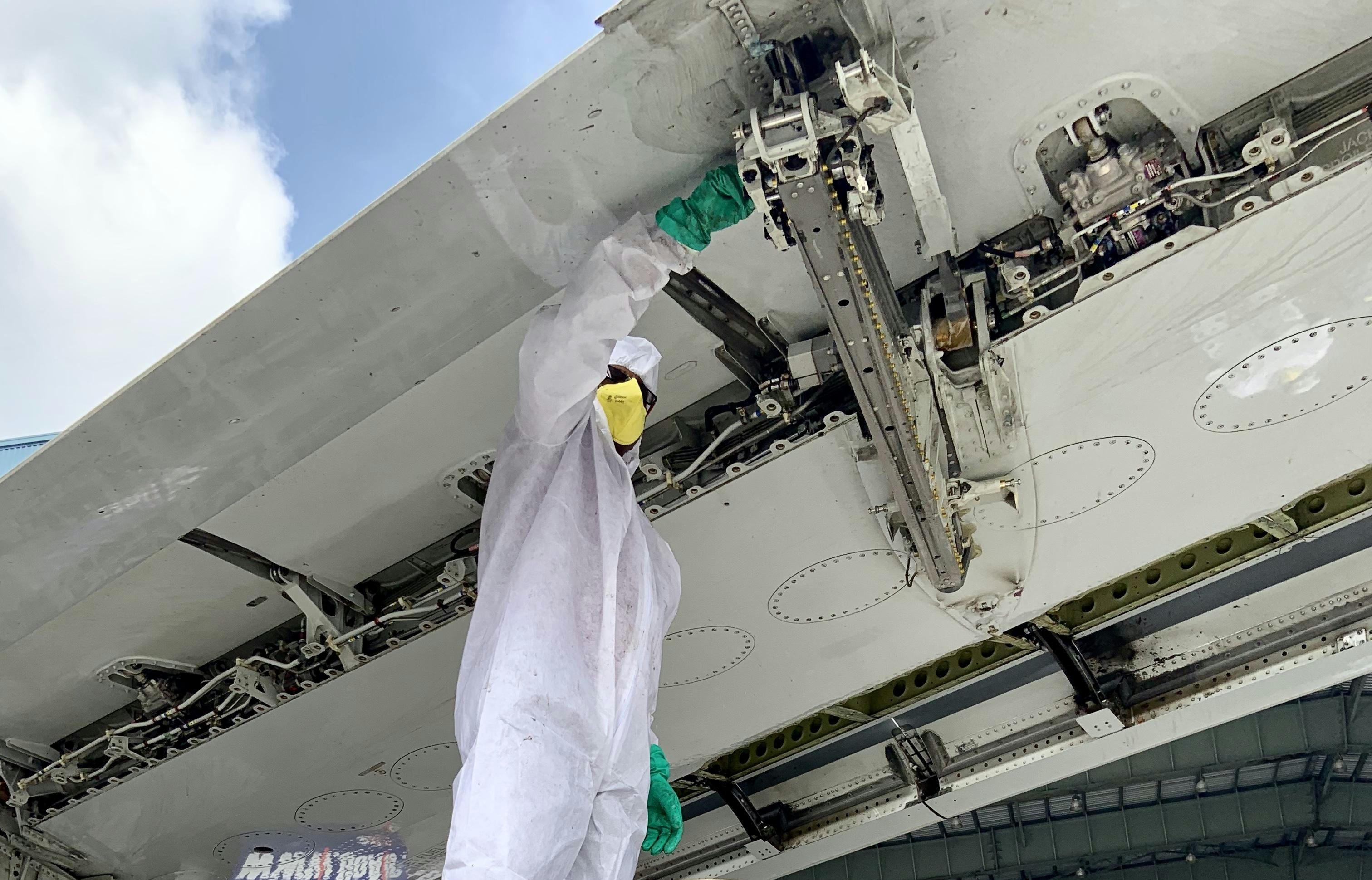
Challenges in India’s MRO Industry: Safety, Skills, and Self-Reliance
India’s Maintenance, Repair, and Overhaul (MRO) industry stands at a critical crossroads, confronting a complex array of challenges as it seeks to enhance safety standards, bridge a widening skills gap, and advance the nation’s goal of aviation self-reliance. Despite significant government-led reforms aimed at bolstering domestic capabilities and aligning the sector with international benchmarks, persistent obstacles continue to impede the industry’s growth trajectory.
Policy Reforms and Industry Incentives
The foundation for growth in India’s MRO sector has been established through key policy initiatives such as the National Civil Aviation Policy of 2016 and the MRO Policy introduced in 2021. These frameworks have introduced a range of incentives designed to stimulate investment and expansion within the domestic market. Notably, the reduction of the Goods and Services Tax (GST) on domestic MRO services from 18% to 5%, the removal of customs duties on critical tools and spare parts, and the allowance of 100% foreign direct investment (FDI) through the automatic route have collectively enhanced the attractiveness of the sector. Additionally, the 2021 policy eliminated royalty charges imposed by the Airports Authority of India and simplified land allotment procedures for new MRO facilities. Together, these measures aim to create a more conducive environment for both domestic and international players to develop robust MRO operations in India.
Safety Concerns and Regulatory Scrutiny
Despite these policy advancements, safety remains a paramount concern within the industry. Recent aviation incidents, including investigations into the Air India crash, have brought to light the urgent necessity for stringent safety protocols and the adoption of advanced maintenance practices. Further scrutiny has emerged from the Federal Aviation Administration’s (FAA) evacuation study, which exposed deficiencies in regulatory compliance and safety standards. As Indian airlines expand their fleets and increase flight operations, the demand for dependable, high-quality MRO services has intensified. This escalation underscores the critical importance of operational safety and rigorous quality assurance to prevent accidents and maintain public confidence in the aviation sector.
Skills Gap and Workforce Readiness
A significant impediment to the industry’s progress is the acute shortage of skilled technicians and engineers. According to the Aon 2025 APAC skills report, the rapid expansion of India’s aviation sector has outpaced the availability of qualified professionals, creating a substantial workforce gap. This deficiency poses risks not only to safety standards but also to the industry’s capacity for sustainable growth. Efforts to establish India as the “manufacturing skills capital,” as noted by The Global Kashmir, highlight the imperative of cultivating a resilient and adaptable workforce. In response, MRO companies and competitors are intensifying investments in comprehensive training programs and forging partnerships with educational institutions to develop a steady pipeline of skilled talent capable of meeting the sector’s evolving demands.
Pursuing Aviation Self-Reliance
India’s strategic push for aviation self-reliance is reshaping the MRO landscape by emphasizing the development of indigenous manufacturing capabilities and reducing dependence on foreign expertise and imported components. This shift is driving both domestic and international stakeholders to invest in technological innovation and workforce development to maintain competitiveness. The pursuit of self-sufficiency aligns with broader national objectives aimed at strengthening India’s position within the global aviation market, fostering a more autonomous and resilient industry ecosystem.
Market Dynamics and Outlook
The evolving market dynamics reflect the interplay of these challenges and opportunities. Airlines are increasingly relying on domestic MRO providers to improve safety outcomes, reduce aircraft turnaround times, and lower operational costs. In turn, MRO firms are channeling resources into advanced technologies and workforce enhancement initiatives to meet growing demand while adhering to stringent safety and quality standards. Although government policies have laid a solid foundation for growth, the future of India’s MRO industry will depend heavily on its ability to effectively address safety concerns, close the skills gap, and realize the vision of greater self-reliance. Progress in these areas will be essential for positioning India as a leading global hub for aviation maintenance and repair.

United Airlines Transforms Chicago O'Hare into Major Global Hub
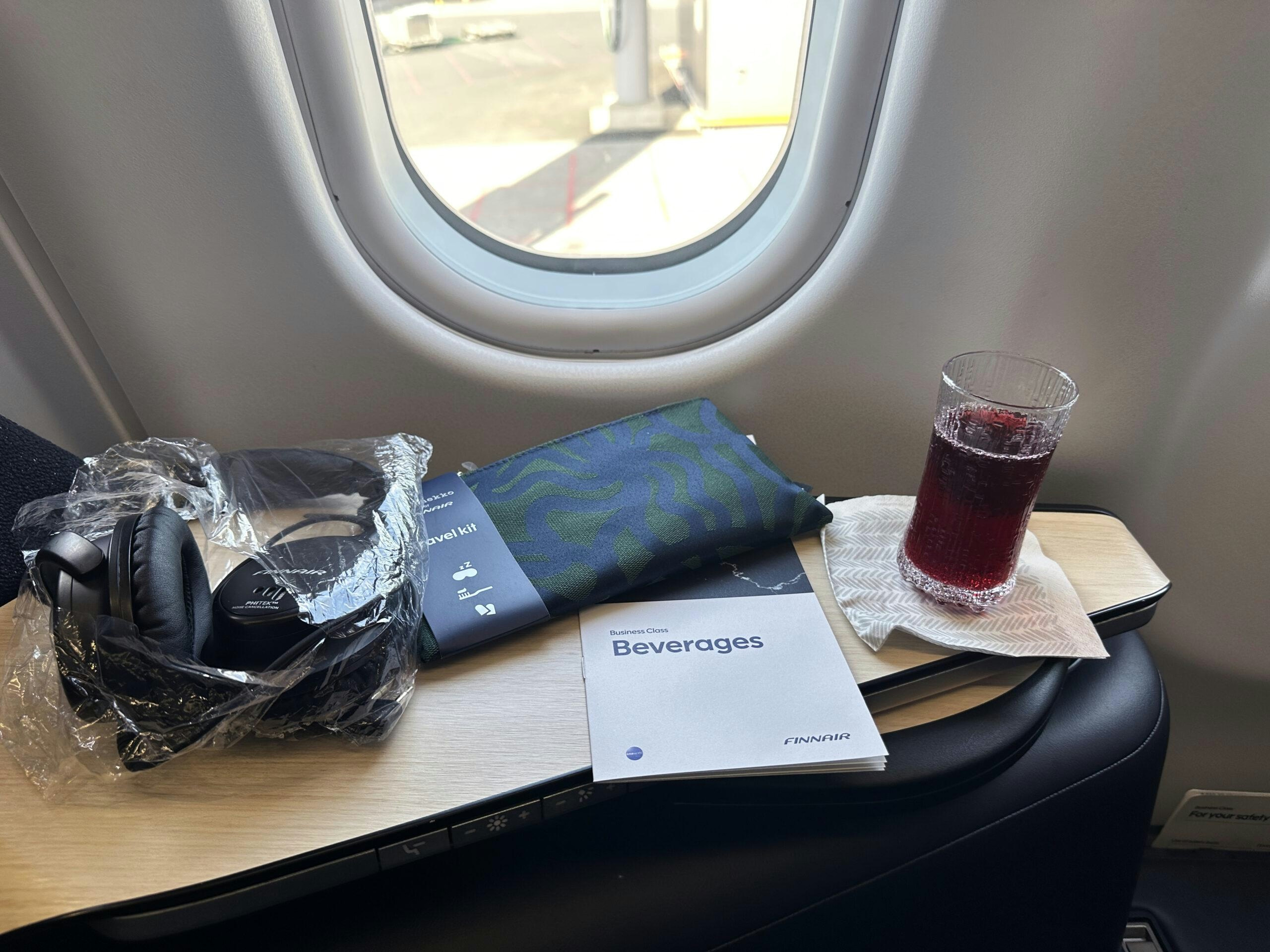
Finnair Introduces Ancillary Bundles and Expands Sustainable Aviation Fuel Use
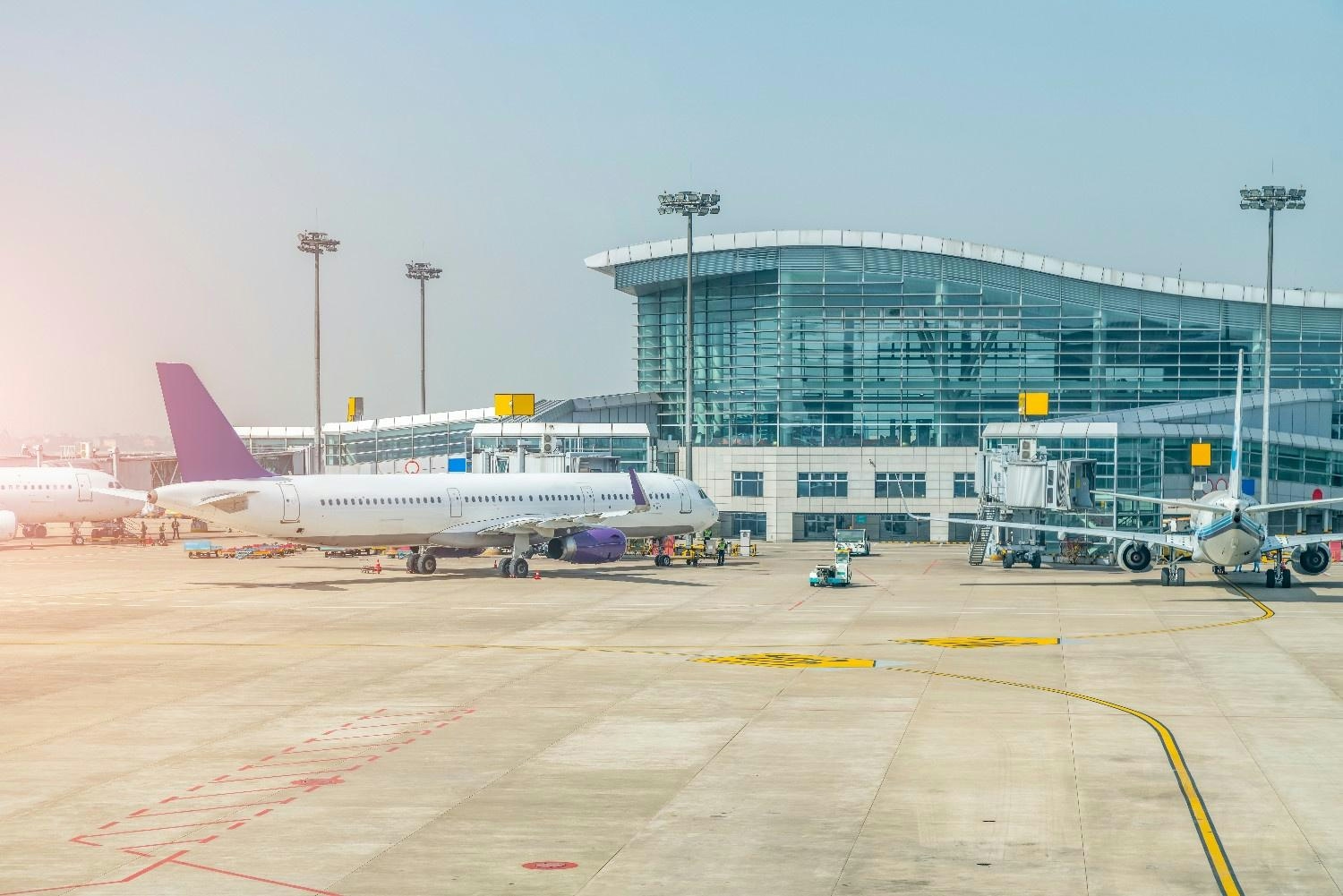
Radom Airport Handles First Widebody Aircraft Amid Warsaw Chopin Runway Closure
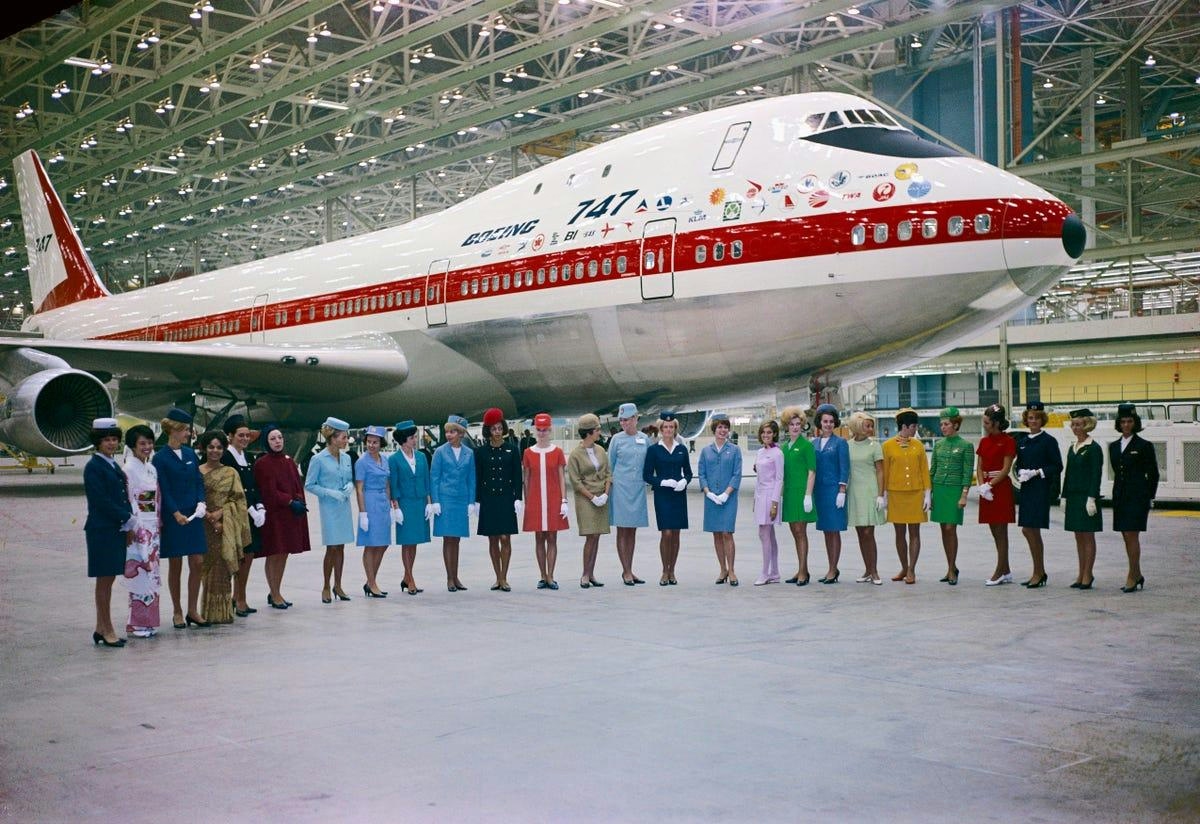
Why Did Boeing Design the 747 for Short-Range Flights?
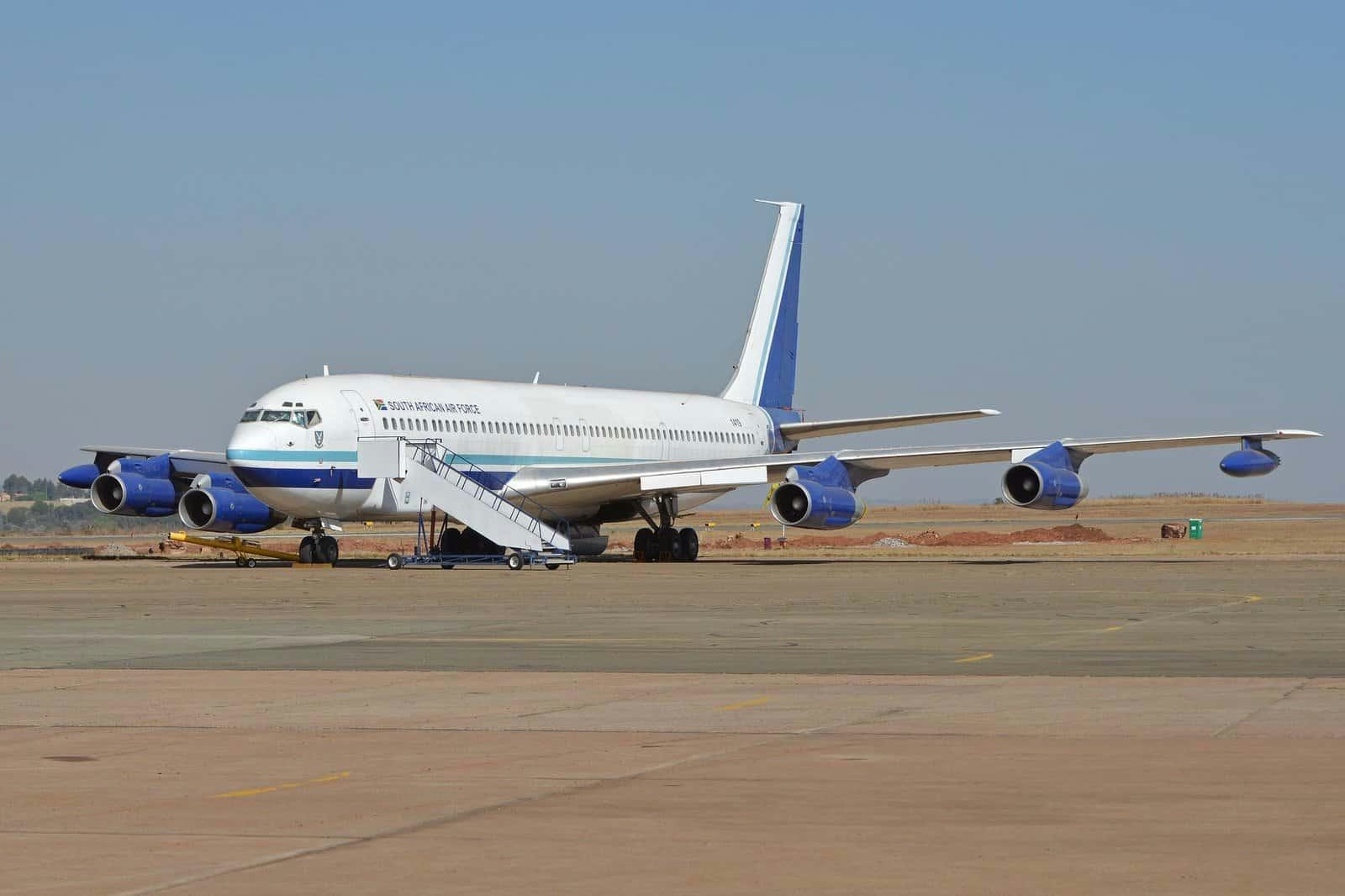
Why Boeing’s First Commercial Aircraft Was a Narrowbody Quadjet
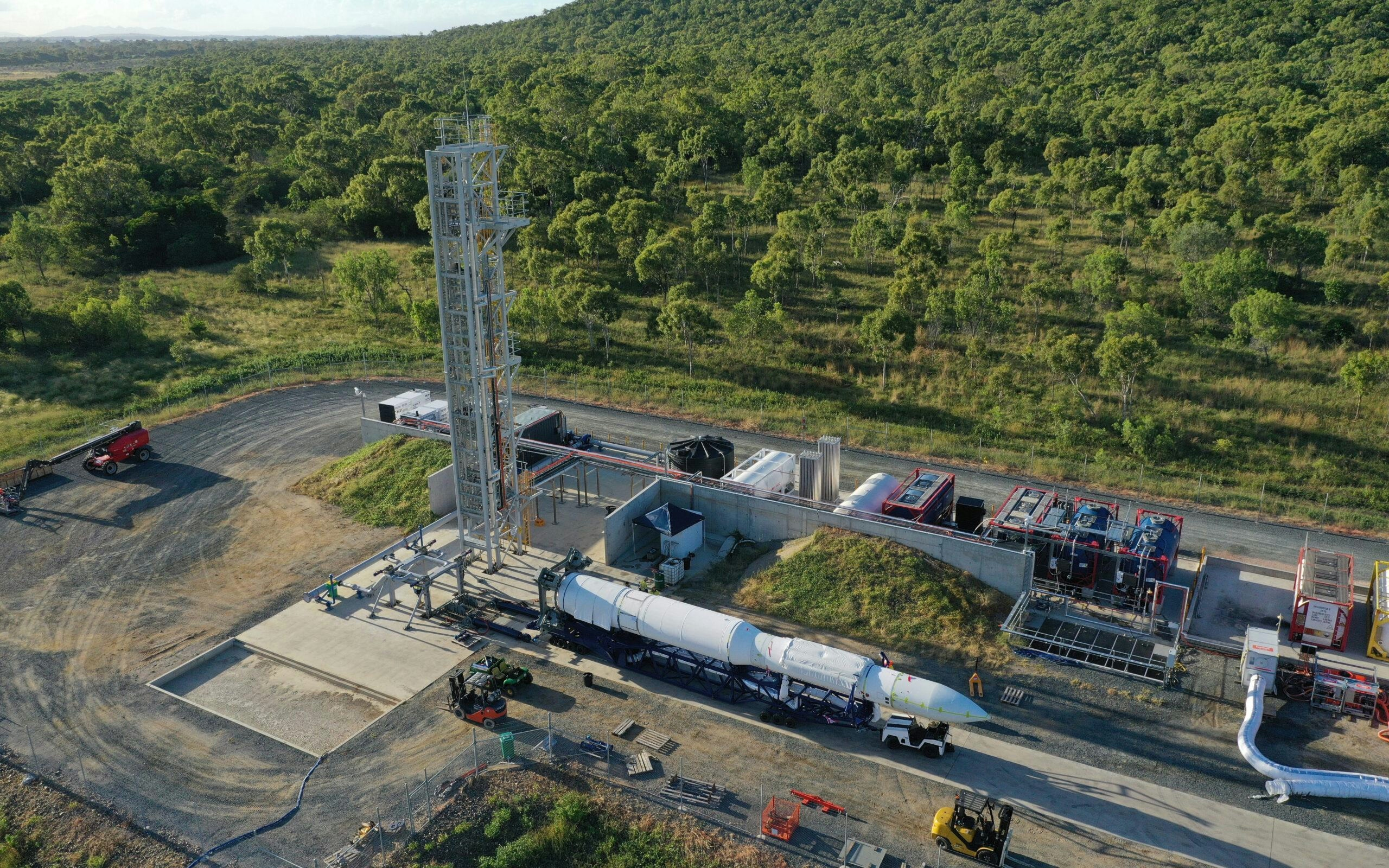
New Zealand Highlights Growth in Space and Aviation at Sydney Congress
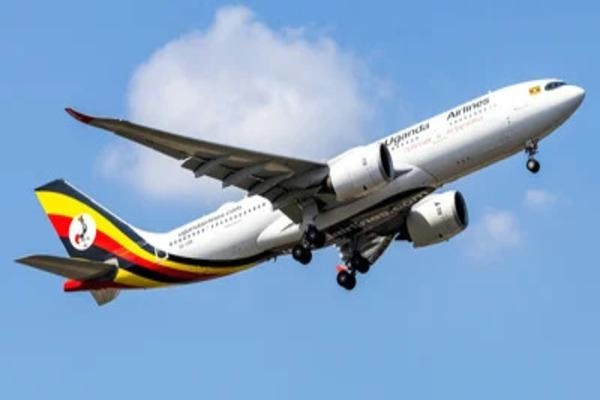
Uganda Airlines Launches Tender for Fleet Advisers and Finalizes A320 Leasing
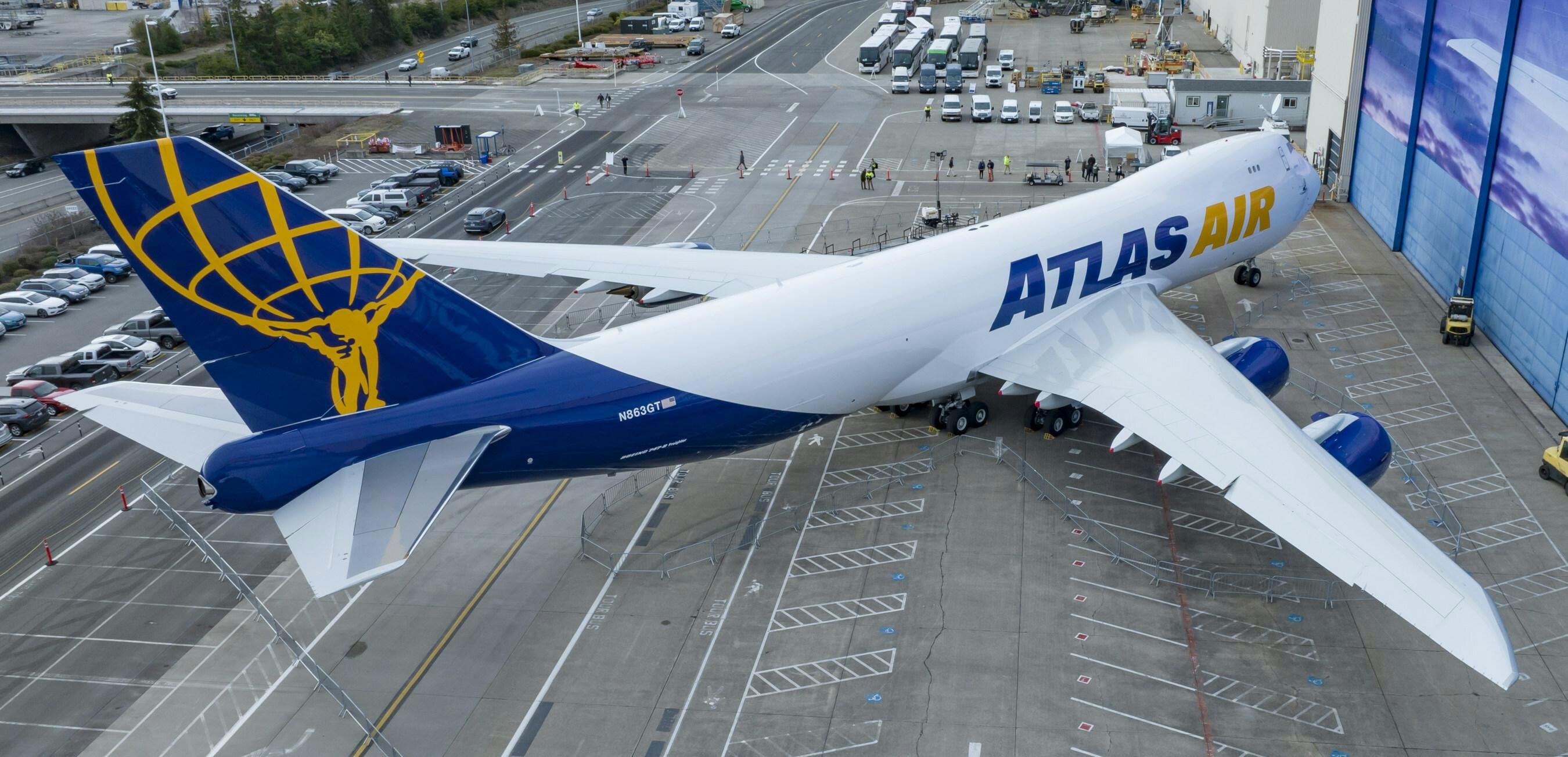
Boeing's Largest Plane Design Was Too Heavy for Transoceanic Flight
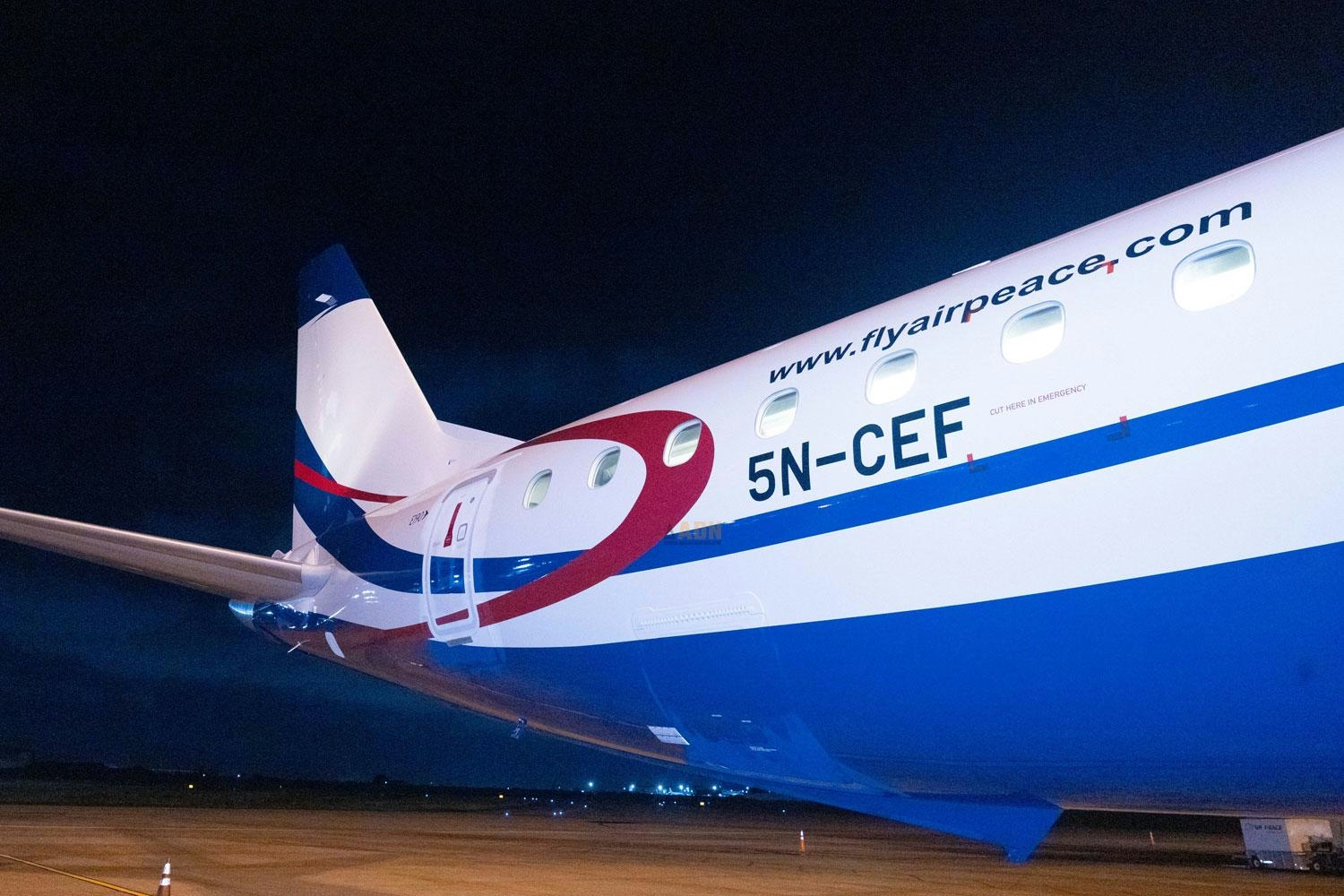
Air Peace Receives Second Embraer 190 Regional Aircraft
